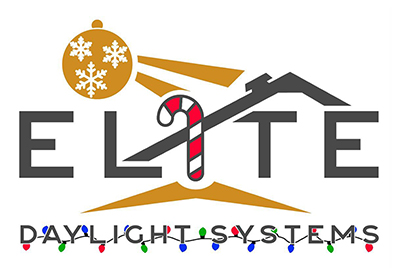As most of us know, heat rises naturally and the hottest highest area in your home is the attic. Even on rather warm, 80° days, your attic can get over 100° degrees. Those higher temperatures can be detrimental to the important parts in your home; your insulation, plumbing pipes and/or electrical wiring, venting, that are occasionally found in the home’s attic area. Luckily, attic fans can make a significant difference in energy expenses and in the lifespan of major parts mentioned previously. As a result, newer homes are being built with whole house fan systems in which hinders heat from accumulating in the attic of the house.
Solar and Electric Attic Fans
Attic fans powered from solar, or roof vents can significantly increase air flow through the attic area but is not as powerful as electric fans. With no attic fan, the temperatures in your attic can reach over 150 degrees in the hotter months, i.e., summer. The fan creates a steady flow of air through the attic area; At the same, when excessive air flow is exchanged between the attic and the outside, outside moisture can infiltrate into the house. In parts of the country that have high humidity/wet seasons, a humidity management system in your attic is additionally suggested to prevent moisture troubles. The 2 most typical kinds of solar/ electric attic fans are roof-top and gabled-end fans.
Electric fans are more powerful and are more economical, however, solar powered fans cost more but influences environmentally friendly electrical power. Which one you decide on, the attic fan(s) you have installed should have a thermometer that can be programmed and a firestat, that is going to turn the fan off should a fire start. Stay clear of plastic substitutes and purchase all metal as well as models that that come with screens for keeping pests out of your attic.
Non-Mechanical Attic Vents
Sometimes referred to as “gable vents”, this sort of ventilation is found on a lot of older houses (before 1980). They have louver vents and screens that are found near the roofs peak in the side walls of attics. They are efficient at keeping the highest areas in attics cooler; notwithstanding, in places whereas there is no movement of air, they can usually cause hot spots. Should your home has gable vents, you might want to consider having a fan installed additionally which is going to remove the hot locations and keep things cooler. The other choice is to utilize soffit vents and ridge vents both of which are going to offer proper non-mechanical venting. Sadly, many roof designs do not permit acceptable non-mechanical ventilation on their own for ideal performance.
Whole House Fan Systems
These types of systems keep empty area from heating up and then pulls cooler air throughout the house. For those individuals that live in rather mild climates in which the temperature is constantly below 82°, they can be utilized as a substitute to typical home A/C. This is also applied for older homes where it is too expensive or difficult to have central air installed. One potential drawback for this sort of system is its noise, but it should run quiet and efficient when it is correctly designed. Fans with more blades should be more quiet than fans with that has less blades and the fan needs to be installed with foam or rubber stripping to reduce vibration and decrease noise.
Elite Solar Lighting & Fans Is A Skylight Installer Located In Arizona
Elite Solar Lighting & Fans offers residential and commercial solar tube installation services throughout the entire united states, including Arizona, California, New Mexico, and more.



